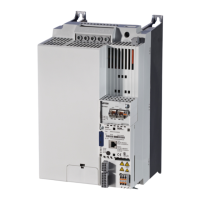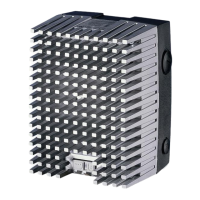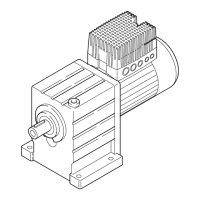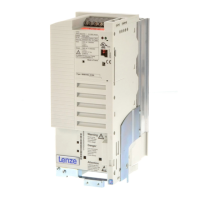Data transfer
Structure of the CAN data telegram
34
Lenze · Decentralised frequency inverter 8400 motec (CANopen option) · EDS84DMOTCAN EN 4.0 - 02/2019
_ _ _ _ _ _ _ _ _ _ _ _ _ _ _ _ _ _ _ _ _ _ _ _ _ _ _ _ _ _ _ _ _ _ _ _ _ _ _ _ _ _ _ _ _ _ _ _ _ _ _ _ _ _ _ _ _ _ _ _ _ _ _ _
7 Data transfer
Via the system bus interface, for instance process data and parameter values can be exchanged
between the nodes. In addition, the interface enables the connection of additional modules such as
distributed terminals, keypads and input devices or external control systems and hosts (masters).
The system bus interface transfers CAN objects following the CANopen communication profile (CiA
DS301, version 4.02) developed by the umbrella organisation of CiA (CAN in Automation) in
conformity with the CAL (CAN Application Layer).
7.1 Structure of the CAN data telegram
[7-1] Basic structure of the CAN telegram
The following subchapters provide a detailed description of the identifier and the user data. The
other signals refer to the transfer characteristics of the CAN telegram the description of which is not
included in the scope of this documentation.
Tip!
Please visit the homepage of the CAN user organisation CiA (CAN in automation) for further
information:
http://www.can-cia.org
%LW %LW %LW %LW %LW %LW %LW %LW %LW
6WDUW 575ELW
&RQWUROILHOG
&5&VHTXHQFH
&5&GHOLPLWHU $&.GHOLPLWHU
$&.VORW (QG
,GHQWLILHU 8VHUGDWD
%\WH
1HWZRUNPDQDJHPHQW
3URFHVVGDWD
3DUDPHWHUGDWD
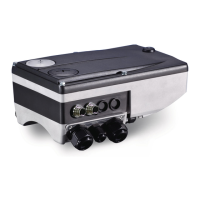
